- Home
- Machining techniques
- CNC Machining Services
- Cooperative supply services
- Designs
- Materials
- Finishing Services
- Shop
- Products
- Guide
- About Us
- Contact Us
2022.8.29
Nylon (PA), as a typical thermoplastic resin and carbon fiber (CF) composite, has excellent comprehensive properties. There is also CNC machining Nylon. Compared with thermosetting composites, CF reinforced PA (CFRPA) composites have the advantages of recyclability, easy processing, short molding time and good impact resistance. The mechanical properties of CFRPA composites depend on the properties of CF and PA resin matrix. At the same time, the interfacial adhesion between fiber and matrix largely determines the final mechanical properties of composites. The following is the surface modification method of carbon fiber of nylon composite.
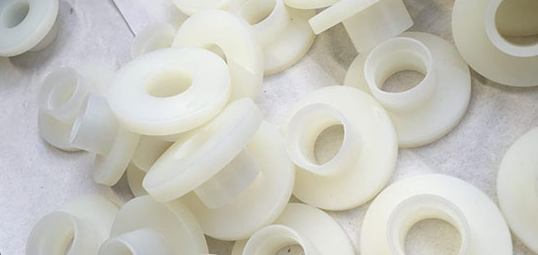
(1) Gas phase oxidation method
The gas phase oxidation method is to directly place CF in oxidizing gas for surface oxidation treatment. The gas phase oxidation method is simple, economical and practical, and has a good effect on fiber modification. This method mainly oxidizes the CF surface to make the CF surface more rough and improve the mechanical locking force between CF and PA resin matrix. At the same time, the introduction of active functional groups increases the surface energy of CF and the chemical bonding force between CF and PA matrix. For example, oxidation treatment of CF surface with air can increase the surface roughness and specific surface area of modified CF, and increase the mechanical interlocking force between CF and PA matrix; The carboxyl (- COOH) and hydroxyl (- OH) functional groups formed on the fiber surface are easy to react with the amide bonds in the PA matrix, and the interlocking force and chemical bonding force can effectively improve the interfacial bonding force of CFRPA. In addition to air, ozone (O3) can also be used as an oxidant to oxidize the surface of CF. the introduction of – COOH on the surface of CF improves the wettability between CF and PA6 matrix and enhances the interfacial adhesion between CF and matrix.
(2) Plasma oxidation method
Plasma oxidation is an important method for CF modification. Active functional groups such as – Oh, ether and carbonyl groups were formed on the surface of CF after plasma treatment. At present, the most common method is to modify the surface of CF by low-temperature plasma. After air plasma treatment, a large number of oxygen-containing polar functional groups can be formed on the surface of CF, which improves the surface activity of CF, and improves the wettability and interaction force between the fiber and PA matrix. At the same time, this modification method will not adversely affect the strength of CF. By using oxygen plasma to modify the surface of CF, the surface of CF can be oxidized and etched. At the same time, the content of oxygen-containing active groups on the surface of CF increases, and the wettability between CF and PA matrix is improved.
(3) Irradiation treatment method
Radiation treatment, as a new and high technology of polymer modification, has the advantages of environmental protection, energy saving, high efficiency and simple process. This technology can effectively enhance the interfacial adhesion between CF and PA matrix without losing the strength of CF itself. Irradiation light sources include X-ray γ Electron beam, microwave and ultraviolet light. among γ X-rays are most commonly used to modify the surface of CF γ The surface of CF irradiated by X-ray becomes rougher than that of unmodified CF, which increases the mechanical interlocking force between CF and PA matrix.
The surface activity of CF can be improved by irradiation treatment, but the excessive irradiation will damage the surface structure of CF, and then affect the interfacial adhesion of the composite. Therefore, the control of irradiation dose plays an important role in the successful modification of composites.
Compared with other surface treatment methods, irradiation treatment has obvious advantages. This method is efficient and energy-saving, simple to operate, and will not introduce other impurities on the CF surface. The most important thing is that proper irradiation treatment will not damage the internal structure and mechanical properties of the fiber itself. However, there are other disadvantages in irradiation treatment, such as expensive equipment; The mechanism of CF modification cannot be fully understood, and the modification results are uncertain. Although there are some shortcomings in this modification method, with the progress of science and technology, it will receive more and more attention.
(1) Liquid phase oxidation method
The liquid phase oxidation method is to place CF in a strong acid (such as concentrated nitric acid) solution to oxidize the fiber surface to generate – COOH and – OH groups, which improves the surface activity of CF. At the same time, strong acid will corrode the surface of CF, increase the roughness of the surface, and even form corrosion holes on the surface, increasing the mechanical locking force between CF and the matrix. Generally, the surface of CF modified by strong acid can be analyzed by infrared spectroscopy, Fourier transform infrared attenuated total reflection and XPS.
The surface roughness of CF increases in the process of strong acid oxidation, and defects such as pits and microcracks will be formed on its surface, which will reduce the strength of a single CF.
(2) Anodic electrolytic oxidation method
Electrochemical modification is another important method of CF surface modification. In the anodic electrolytic oxidation method, CF is used as the anode, while the cathode is usually graphite. The surface of CF is oxidized by electrolysis to form oxygen-containing functional groups, which improves the surface energy and roughness of CF. For example, if CF is modified with ammonium bicarbonate as electrolyte and CF as anode, the surface of CF can be etched. The surface roughness of the fiber after anodic oxidation treatment is significantly higher than that of the untreated fiber, and the interaction force between CF and PA matrix is increased; On the other hand, the nitrogen-containing and oxygen-containing functional groups on the fiber surface increase. The appearance of these groups improves the wettability of CF surface, increases the surface activity of CF, and can better improve the adhesion between CF and PA resin matrix.
(3) Sizing treatment
Sizing treatment can introduce a large number of active functional groups on the fiber surface to improve the surface activity of CF, and the resulting functional groups will further react with the matrix, thus making the fiber and resin matrix more closely bound. This method will not cause defects on the fiber surface and will not affect its tensile strength.
The selection of sizing agent is very important. Its compatibility with CF and resin matrix directly determines the adhesion between CF and matrix. Therefore, CF sizing is a very complex process. When the sizing agent diffuses into the polymer matrix, the interfacial strength of the composite will be affected. Whether the interfacial strength is increased or decreased depends on the compatibility between them.
Coating CF surface with sizing agent can effectively improve the interfacial adhesion between CF and resin matrix, and will not adversely affect the excellent performance of CF itself. However, different coating materials are required for different substrates to achieve the best modification effect. At present, there is no systematic theory on sizing agent selection. Research and development of sizing agents with good adaptability, higher efficiency and more environmental protection is the focus of future development.
Attaching “multi-scale” nano materials to CF surface is an effective modification method, which can improve the chemical activity of fiber surface, increase the wettability of fiber and resin matrix, and improve the interfacial adhesion between CF and PA. There are two main methods to modify fiber surface with nano materials. One method is to immerse the fibers in a suspension containing nanomaterials through a simple dip coating method. Another method is to graft these nanomaterials directly onto the fiber surface by deposition techniques such as chemical vapor deposition (CVD) and injection chemical vapor deposition (ICVD). These two technologies have their advantages and limitations. For example, the latter can improve the fiber / matrix interface bond strength, but it will reduce the single fiber strength. However, the introduction of nano materials on the surface of CF by dip coating method can increase the surface roughness of CF and change the surface activity of CF fiber, thus enhancing the chemical bonding force between CF and PA.
Graphene and carbon nanotubes (CNTs) can be used to modify CF surface. If graphene oxide (go) is grafted onto the surface of CF using hexamethylene diisocyanate (HDI) as a coupling agent, the activity of the fiber surface can be improved, and the interfacial adhesion between the fiber and PA matrix can be improved. The interfacial shear strength (IFSs) of the modified CFRPA composite is about 40% higher than that of the unmodified composite.
CNTs are often used as additives to improve the mechanical properties and electrical conductivity of composites due to their excellent mechanical properties and electrical conductivity. Grafting CNTs onto CF surface can effectively improve the interface properties of CF reinforced composites. At present, the research mainly focuses on the effect of CF grafted CNTs on the interface of CF reinforced epoxy resin composites. Grafting CNTs onto the fiber surface can effectively improve its surface area, enhance the mechanical interlocking force between CF and PA matrix, and facilitate the transfer of stress between the matrix and the fiber; During the grafting of CNTs onto CF surface, a large number of active functional groups will be introduced, which improves the wettability of CF and PA matrix, and the formation of a large number of chemical bonds between fibers and matrix, thus improving the interfacial adhesion of composites. The final modification effect of CF surface grafted with CNTs depends on the degree of uniform distribution of CNTs on CF surface and the strength of binding between CNTs and CF.
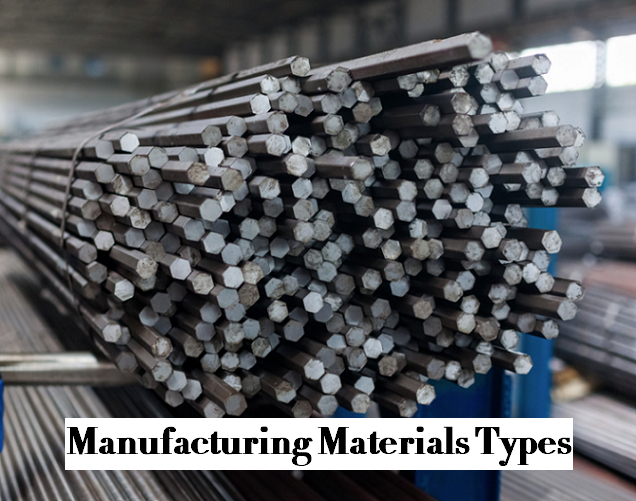 Guide to Manufacturing Materials: Types, Definitions, Examples and Uses | CNCLATHING
Guide to Manufacturing Materials: Types, Definitions, Examples and Uses | CNCLATHING
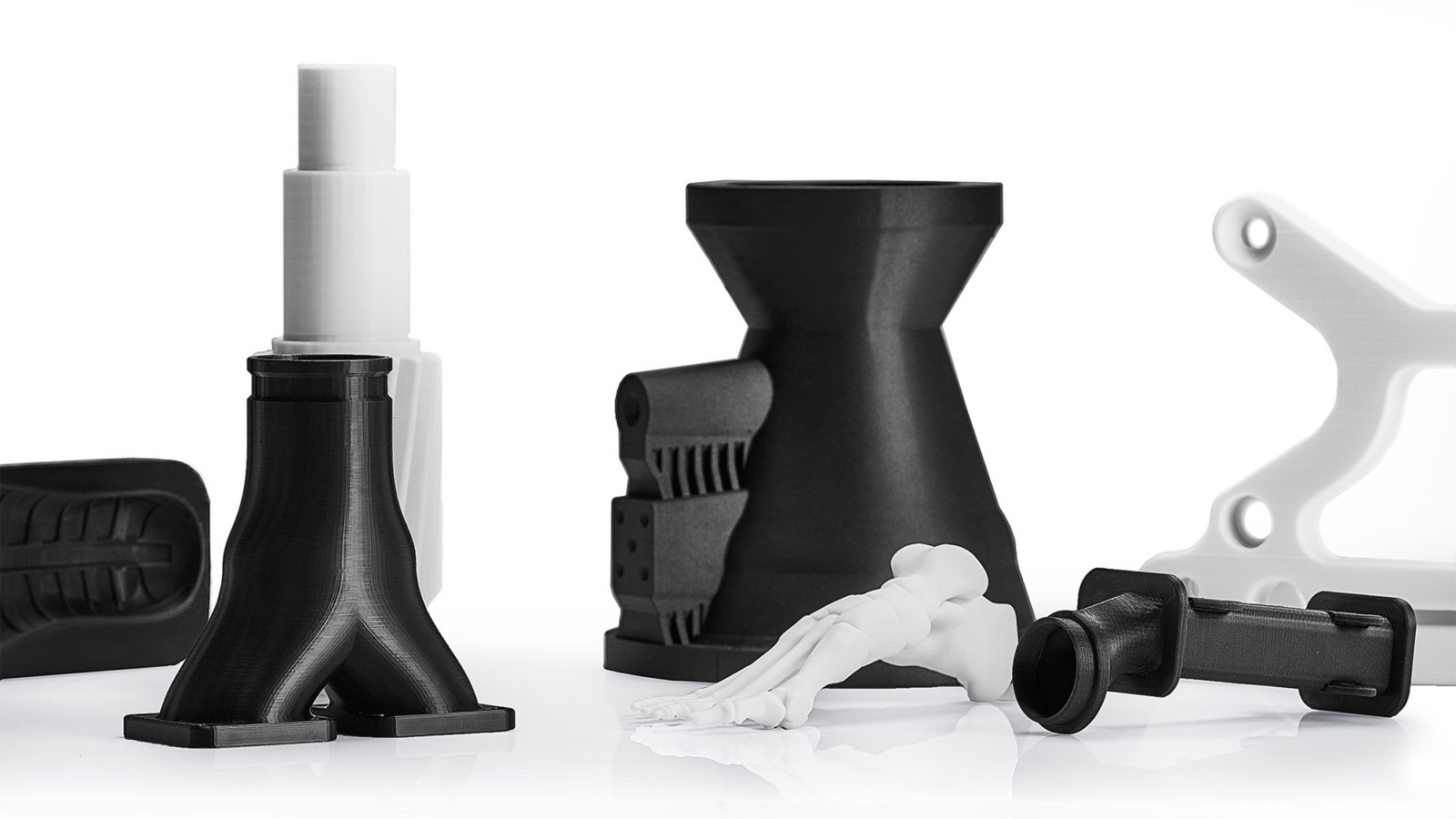 3D Printing Material Guide – The Advantages of Using Fiber Fillers in 3D Printing
3D Printing Material Guide – The Advantages of Using Fiber Fillers in 3D Printing
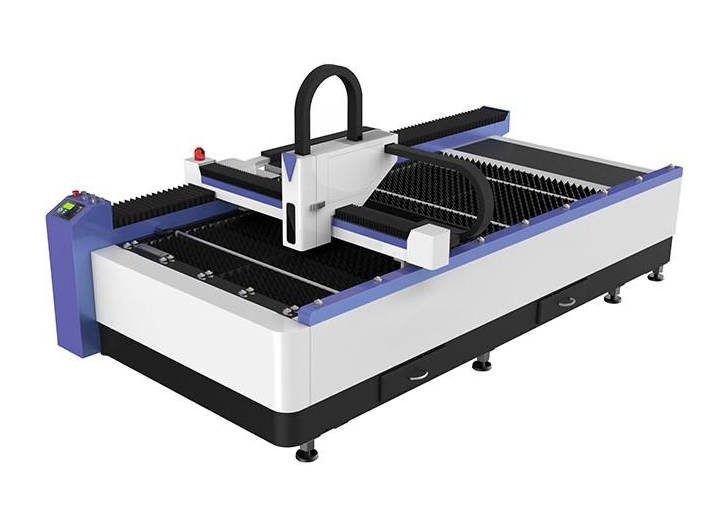 What Are The Advantages Of Fiber Laser Cutting Machine – Features & Applications Of Fiber Laser Cutting
What Are The Advantages Of Fiber Laser Cutting Machine – Features & Applications Of Fiber Laser Cutting
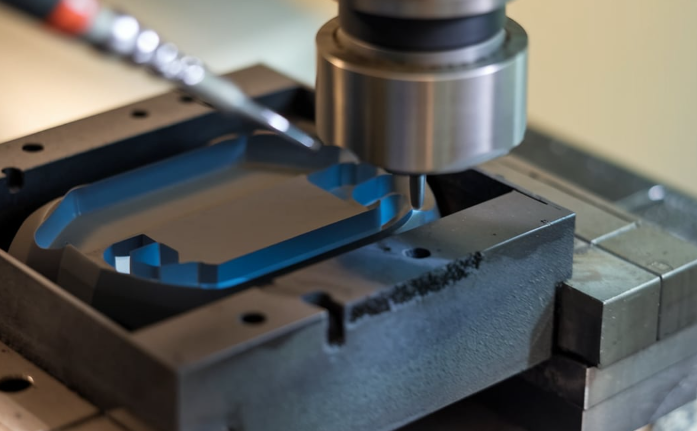 What Is Glass Filled Nylon – PA GF Material Properties, Pros, Cons, Uses & Glass Filled Nylon vs Nylon
What Is Glass Filled Nylon – PA GF Material Properties, Pros, Cons, Uses & Glass Filled Nylon vs Nylon
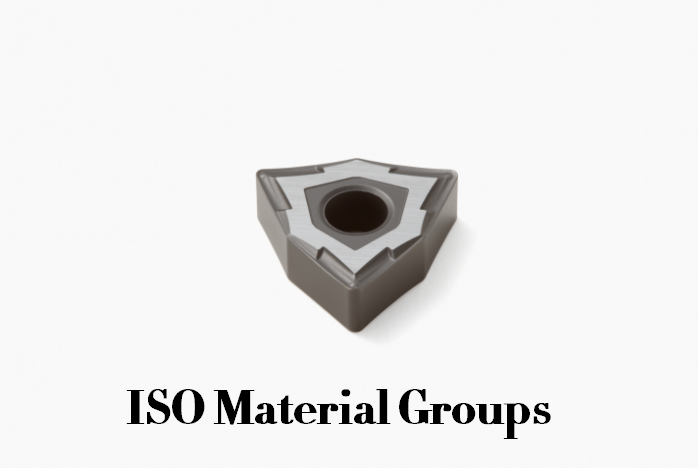 Workpiece Material Guide: What is ISO Material & ISO Material Groups and Classification Chart
Workpiece Material Guide: What is ISO Material & ISO Material Groups and Classification Chart
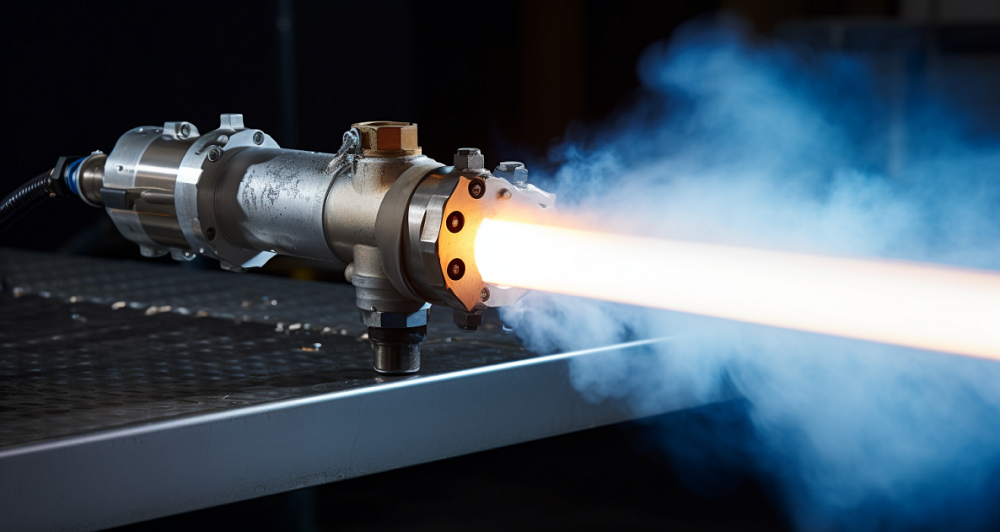 What is HVOF Coating – HVOF Thermal Spray Process, Materials, Benefits, Machine, Applications
What is HVOF Coating – HVOF Thermal Spray Process, Materials, Benefits, Machine, Applications
